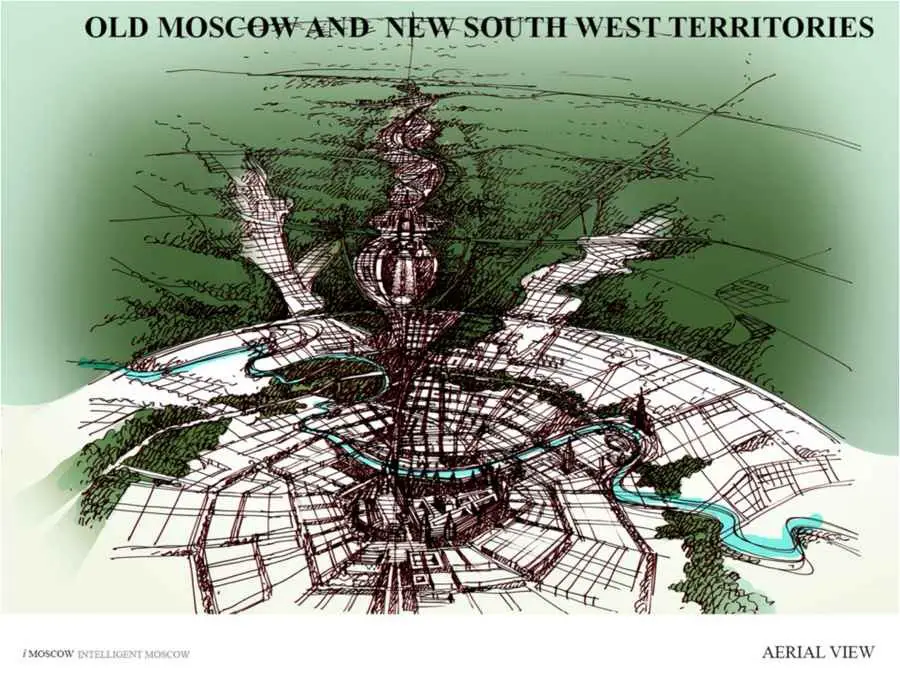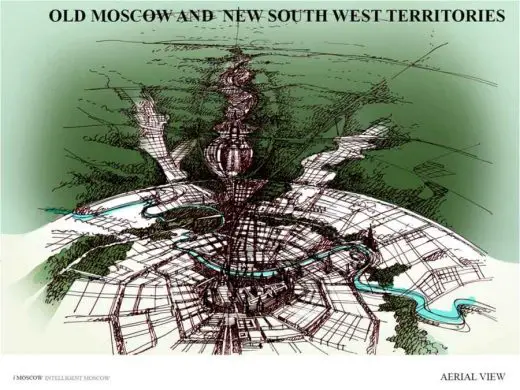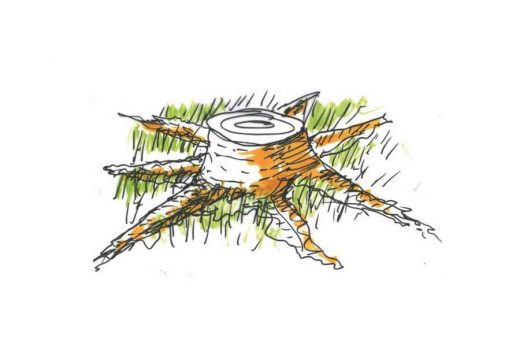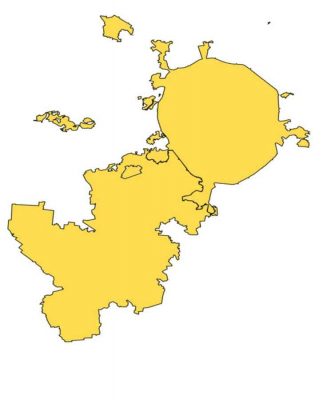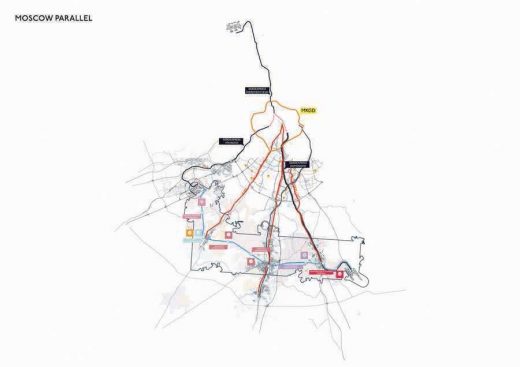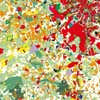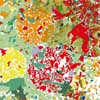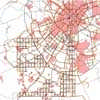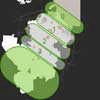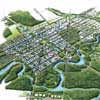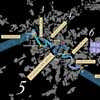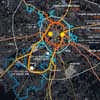Bolshoi Moscow Architecture Contest, Russian New Town, Master Plan Design
Bolshoi Moscow Competition : New Town Project in Russia
A101 New Town – Moscow Agglomeration design by various architects
19 Jul 2012
Moscow Agglomeration Competition
Nine teams present plans for the Moscow Agglomeration
by Bart Goldhoorn
Largest European New Town
At the end of June, Moscow saw the fourth meeting of 10 international teams of architects, urbanists, transport engineers and other specialists working on a draft concept for the development of the Moscow agglomeration. Half way to the final presentation at the end of August, the teams have passed the stage of research and analysis presented the first outlines of their proposals.
The competition for the design of a draft concept for the development of the Moscow agglomeration was announced after president Medvedev agreed with the governor of the Moscow region to transfer a part of the region’s territory south west of Moscow to the municipality. The aim of enhancing Moscow’s territory 2,5 times was to relief the pressure on the city that is dealing with enormous traffic problems. At the same time, it was announced that the government would move its offices from the centre of Moscow to the new territory.
The competition that is commissioned by the Moscow Committee for Architecture and organized by the Moscow Masterplan Institute, is based on the model of the Grand Pari(s) competition that was initiated by French president Sarkozy in 2008. Accordingly, it is not a real competition but a consultation, as the French called it.
Nine teams were selected on the basis of their portfolio’s. Every month, the teams come together and present their works. In this way the client can see how the work is proceeding, whereas the teams can learn from each other.
The teams that were selected for the competition are headed by the following firms:
Ostozheka Architects, Moscow
Andrei Chernikhov Architectural Studio, Moscow
Scientific Research Institute for Urban Planning, Moscow
Moscow Architectural Institute, Moscow
Anoine Grumbach et Associes, Paris
L’AUC, Paris
OMA, Rotterdam
Ricardo Bofill, Barcelona
Studio Ass Secchi – Vigano, Milan
Urban Design Associates, Pittsburg
Please find a complete list of firms participating in the teams at the end of this document
The Moscow Agglomeration
Although the extension of Moscow to the Southwest was the incentive for organizing the competition, it is not just about the extension of administrative borders. We are dealing here with an unique situation: for the first time planners from all over the world are looking at the development of Moscow not just as a city, but as a metropolitan agglomeration.
One of the questions to the teams was for instance to decide what should be considered the border of this agglomeration. What part of the Moscow region or even the beyond can still be seen as being dominated by Moscow? Although the teams presented different opinions on the size of the agglomeration, the overall conclusion was that the problems of Moscow were largely caused by the daily migration to the central city by people from the agglomeration. So the creation of new centers of working and living could be a way to solve this problem.
The extend or to densify…
The big question is where to create these centers: in the agglomeration or inside Moscow? Will the extension of the city contribute to solving Moscow’s problems or not? In an international context specialists nowadays seem to agree that it is better to densify the city within its borders then to create new towns.
Moscow appears to have enough open spaces to pursue this variant. Though all participants are stressing that this is indeed the case, most also understand that the extension of the city is something to be dealt with anyhow. The analysis made by the Moscow Masterplan Institute shows that the city has already been extending itself in the past 10 years on a large scale, only without any central planning. So the competition is dealing with a development that already is taking place.
The New Federal Centre
The question that is being worked on at this moment is the way a federal government centre could be integrated in the new Moscow extension. The reasoning for creating this centre is not so much a political one but more pragmatic. If new job centre’s have to be created, the easiest way for the government to do this is to move its own offices there. Moreover, the city centre will receive new possibilities for development in the buildings that are left by government offices: for housing, hotels, retail and entertainment.
Approaches
Though all teams stress that Moscow has a huge potential for development within its existing borders, there is one team that make this the main point of its project. The team led by Ostozhenka would rather have the city concentrate its efforts on redevelopment of brownfield sites along the Moscow river and the Inner Moscow Railroad Ring. Outside the city it only envisions the creation of low density suburban areas and recreation zones.
On the other side of the spectrum is the OMA team, that proposes to develop four new cities around Moscow’s airports and to create a genuine polynuclear city. The new territories are in this perspective only a part of a project for the whole agglomeration.
The teams of Bofill and Grumbach and to lesser extend those of the Urban Design Associates and the TSNIIP Gradostroitelstvo propose to build out Moscow’s tangential structure with new public transport lines extending into the landscape. In the Southwest these will serve a strain of new settlements that include centers for Government, Finance, Science, Education and Logistics. However, just as OMA en Ostozhenka they see the Moscow extension only as one of the sectors of the development of the Moscow agglomeration. In principle they believe the city should to develop to all sides.
The teams of Bernardo Secchi and L’AUC give a more central position to the South-West extension. L’AUC sees the development of a new settlements outside Moscow primarily along a strip that the connects the airports Vnukovo and Domodedovo. Secchi proposes to shift the development of the city as a whole in this direction and introduces a grid that is projected over the existing city and the new territory alike. This grid should lead to a new identity for Moscow as a whole.
Ernst Mamlyutov, director of the Moscow Masterplan Institute that organizes the competition comments on the results so far:
“It seems that most teams have found common ground in the idea that the connection between the airports will be an important factor in the development of the agglomeration. Moscow is located on large distance from other capital cities, and airports are very important for our development as a global city.
The position of a new federal centre on the intersection of the connection between the airports and the link of the new territories with the centre of Moscow is in line with the steps the government is taking right now towards the implementation of this idea. On a detailed level the projects are more diverse, but this is only a good thing. It means that we will be able to consider all possible variants when deciding on which course we will take in developing the agglomeration.”
Ostozhenka Architectural office (Russia)
Ateliers Lion Associes (France)
SGP (France)
PARIS-SACLAY (France)
EPADESA (France)
FRTSEE (Russia)
The Geography Institute of the Academy of Sciences of the Russian Federation (Russia)
Professor A.A.Chernikhov’s architectural studio (Russia)
Demin Mefodevich (Ukraine)
Diller Scofidio + Renfro (USA)
Tower 151 Architects — Zagreb (Kroatia)
GS Projects (Bulgaria)
Juul-Frost Architects (Denmark)
Mcadam Architects (UK)
Buro Happold» (UK)
Platforma Architectural Studio (Russia)
Ginzburg Architects (Russia)
URBANIKA (Russia)
Aleksei Kurennoi (Russia)
Vladimir Knyaginin (Russia)
Tamara Kasyanova (Russia)
Yuriq Gromiko (Russia)
Sergei Gradirovski
TSNIIP Gradostroitelstvo (Russia)
Nikken Sekkei Ltd Токио (Japan)
RTKL Лондон (Великобритания)
Knight Frank (Uk Russian Branch)
Antoine Grumbach et Associes (France)
Wilmotte & Associes (France)
EGIS International (France)
SGP EPPS EPSDESA CFREE (France)
Higher School of Economics (Russia)
FGOBU VPO (Russia)
Linea Architectural Studio (Russia)
L’AUC (France)
Bureau Bas Smets (Belgie)
Sestra (France)
Franc Boutte Consultant (France)
Bernaskoni (Russia)
Insitute of Urban Economy (Russia)
United Projects (Russia)
OMA — Office for Metropolitan Architecture (The Netherlands)
Strelka Institute for media architecture and design (Russia)
Project Meganom (Russia)
SIEMENS AG (Germany)
McKinsey & Company (США)
Committee on Global Thought (США)
LSE CITIES (UK)
RWDI (USA Canada)
Ricardo Bofill (Spain)
Barcelona Regional Agency For Urban Development (Spain)
Studio Ass Secchi — Vigano (Italy)
Urban Design Associates (USA)
Beasley & Associates (Canada)
Gillespies Llp (UK)
John Thompson & Partners (UK)
Nelson / Nigaard (USA)
Solving Efeso (UAE)
Buro Happold (UK)
Group Ark (Russia)
Bolshoi Moscow Competition information from Curator
Location: Moscow, Russia
Moscow Architecture Developments
Contemporary Moscow Buildings
Moscow Building Developments – chronological list
Russian Architecture Tours by e-architect
Moscow City Agglomeration Competition
Design: OMA
Moscow City Agglomeration Development
Project A101
Project A101 Moscow
A101 Urban Block Competition
A101 Urban Block Competition
“Aeroflot – Russian Airlines”
Architect: Vladimir Plotkin
Aeroflot Offices Moscow
Tsvetnoy Central Market
Lifschutz Davidson Sandilands
Tsvetnoy Central Market : Moscow Department Store Building
Dynamo Stadium Building
Erick van Egeraat
Dynamo Stadium
Comments / photos for the Bolshoi Moscow Competition – New Town Project Russia page welcome

